The Second Generation of Mobile Communications Network (2G)
Short Message Service (SMS)
Short Message Service (SMS) was first introduced in the 2G's GSM (Global System for Mobile Communications). Each SMS message can hold 140 bytes, approximately 140-160 letters, numbers or symbols, or 70 individual characters if the message contains 2-byte characters such as Chinese, Korean or Japanese. If an SMS contains more than the allowed number of characters, the SMS will be sent by splitting into different parts.
The introduction of SMS has opened up a new way of communication. When large numbers of messages need to be sent or the person on the other end of the line is unavailable, sending an SMS message is a more direct and efficient way than leaving a voicemail. During the 2G era, SMS culture was very popular and people mainly used for communication and exchange of messages. However, with the introduction of the 3G and smart phones, the use of SMS has gradually decreased with the advent of Chatting Apps.
The first SMS message was sent by Neil Papworth, Vodafone's engineer, on December 3rd, 1992, from his office computer to the Orbitel 901 handset of the Director, Richard Jarvis . The text message consisted of the 15-character phrase "MERRY CHRISTMAS".
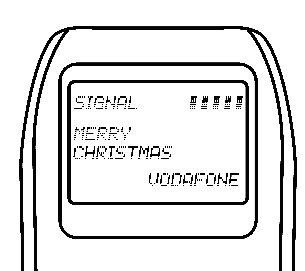
 Figure: Orbitel 901
Figure: Orbitel 901
Subscriber Identity Module (SIM)
The Subscriber Identity Module (SIM), commonly known as a "SIM card" or "mobile phone card", was first introduced in the 2G's GSM, mainly used to store users' identification data, SMS messages and telephone numbers.
Although small in size, SIM cards are in fact an integrated circuit chip containing modules including a Central Processing Unit (CPU), Random Access Memory (RAM), Read-Only Memory (ROM), Flash memory, Electrically-Erasable Programmable Read-Only Memory (EEPROM) and integrated circuit chips for modules, such as input and output unit. The world's first SIM card was developed by the German company Giesecke & Devrient in 1991.
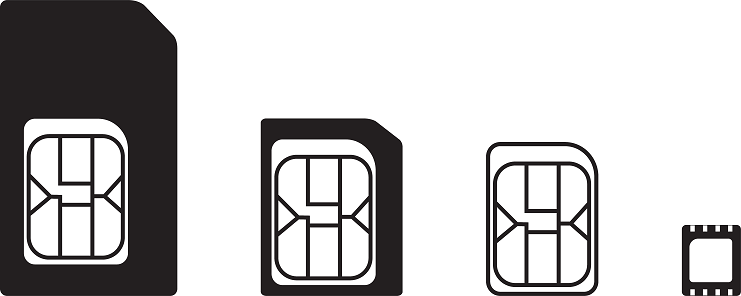
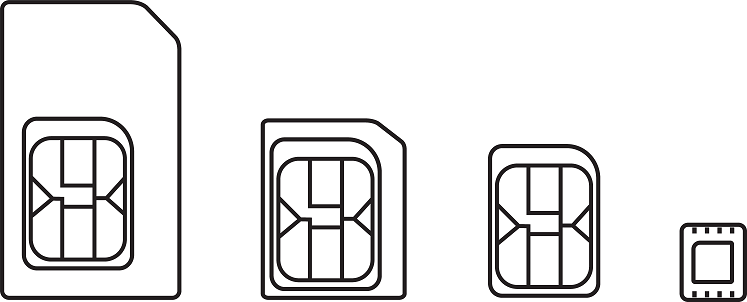


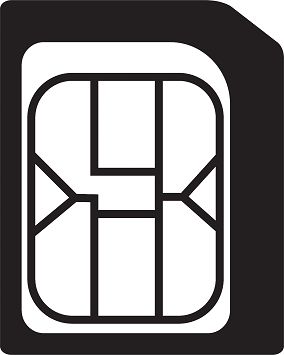
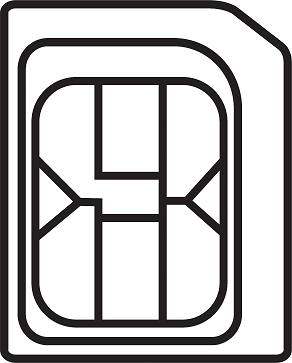
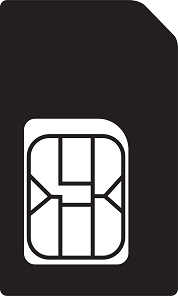
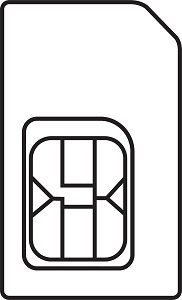
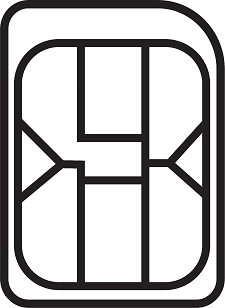
Figure: 1:1 SIM card diagram of different sizes
| SIM | Introduction | Standard | Dimension |
|---|---|---|---|
| Full-size (FF) | 1991 | ISO/IEC 7810:2003, ID-1 | 85.6mm x 53.98mm x 0.76mm |
| Mini-SIM (2FF) | 1996 | ISO/IEC 7810:2003, ID-000 | 25mm x 15mm x 0.76mm |
| Micro-SIM (3FF) | 2003 | ETSI TS 102 221 V9.0.0, Mini-UICC | 15mm x 12mm x 0.76mm |
| Nano-SIM (4FF) | 2012 | ETSI TS 102 221 V11.0.0 | 12.3mm x 8.8mm x 0.67mm |
| Embedded-SIM | 2017 | JEDEC Design Guide 4.8, SON-8 | 6mm x 5mm x <1.0mm |
Ringtones
Ringtones are the sound you hear when the phone is dialed. When mobile phones were first introduced, ringtones were simple and monotonous long electronic tones. But, with the rapid growth of mobile phone users, ringtone services emerged as a huge business opportunity. The Japanese NTT DoCoMo Digital Mova N103 Hyper developed by NEC and released in 1996 was the world's first commercial mobile phone to offer the feature of customizable ringtones.
Since then, the ringtones of mobile phones have gradually evolved into polyphonic ringtones with a more layered sound, and mobile phones equipped with polyphonic ringtones have become a popular trend, leading to the introduction of paid services for downloading ringtones by Telecom operators. It was only when the ability to play audio files such as MP3 was introduced to mobile phones that ringtones could play not only pure music, but also songs with the artist's vocals.
About CMM
Contact US
Others
Other Websites
Number of Visitors:
Last Modified Date: 23/07/2024